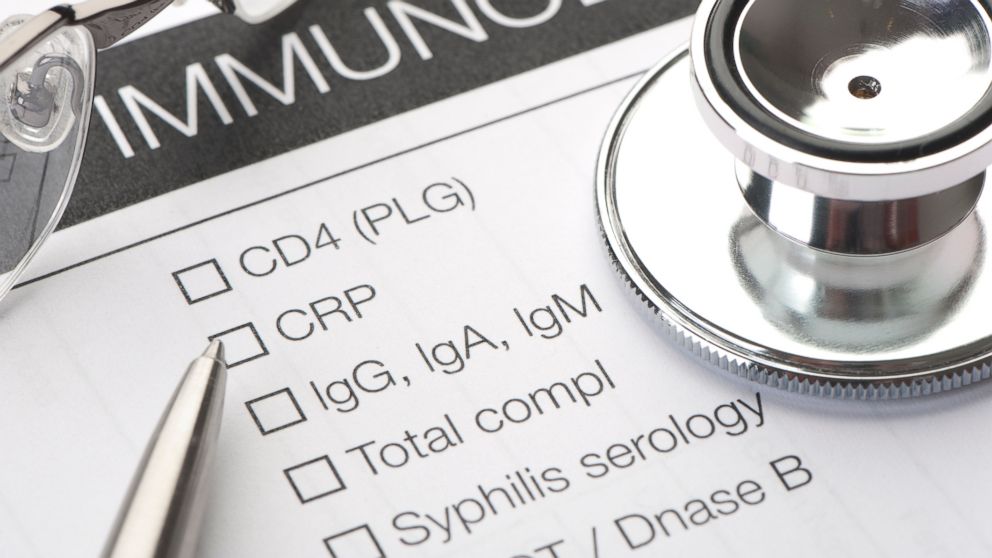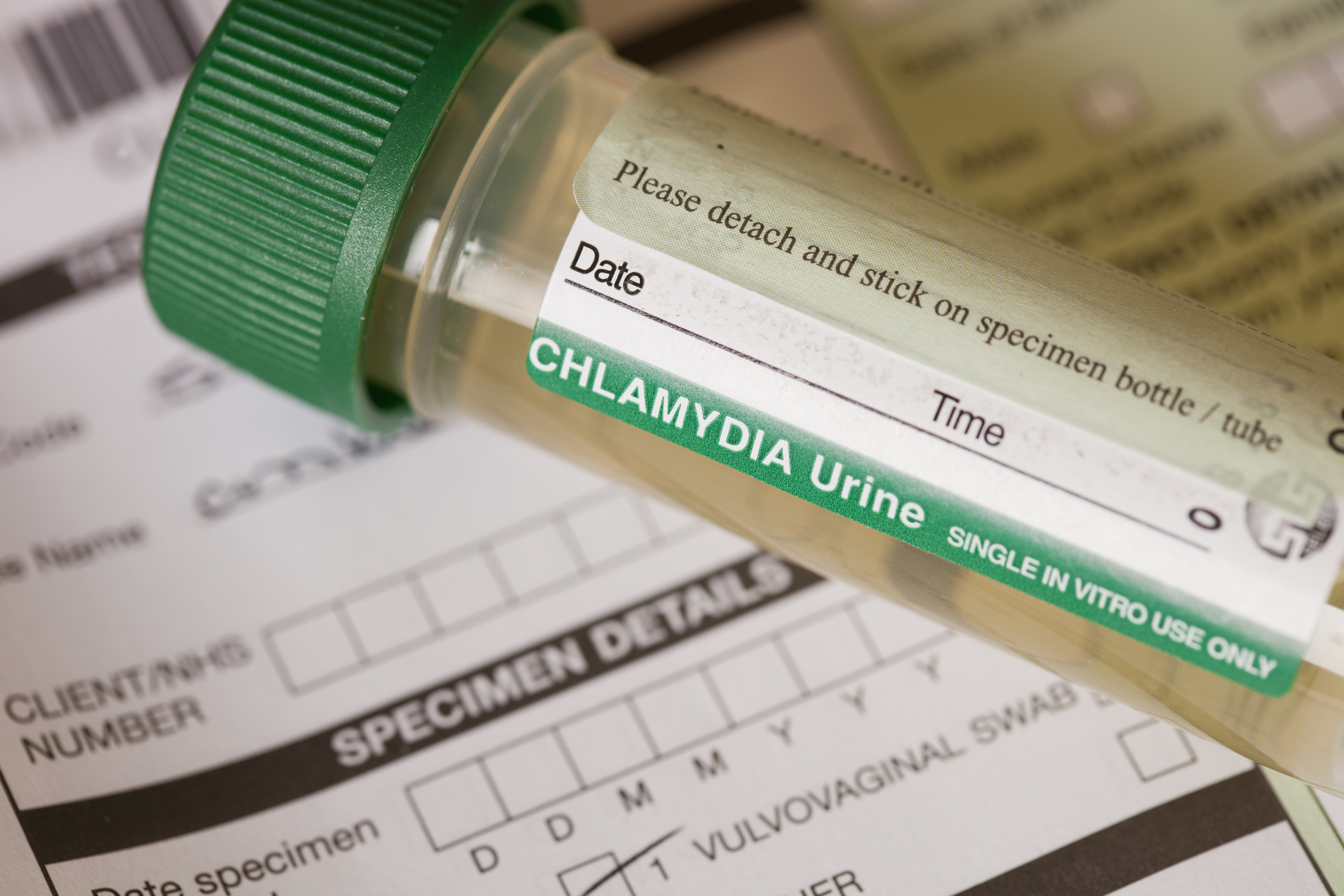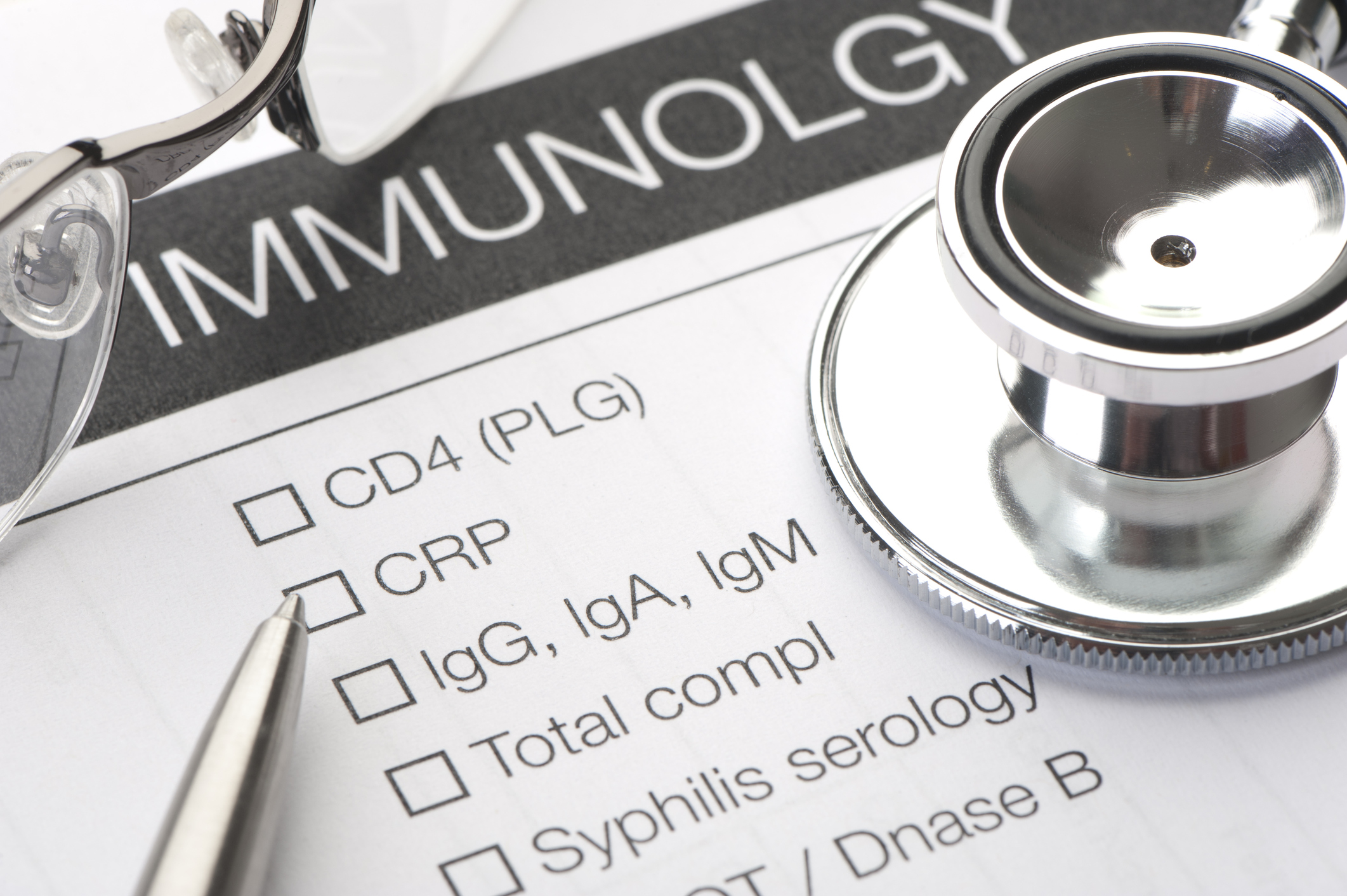STI rates are on the rise: Here's what you need to know
For the fourth consecutive year, rates of several STIs are on in the rise.

For the fourth consecutive year, rates of several sexually transmitted infections (STIs) are on the rise across the U.S, according to preliminary data presented at the National STD Prevention Conference, organized by the Centers for Disease Control and Prevention (CDC) in Washington this week. Just this past year, nearly 2.3 million cases of these STIs were diagnosed.
What STIs are on the rise and why?
Three STIs, in particular, are on the rise: syphilis, gonorrhea, and chlamydia. Here’s what you need to know about each one.
Chlamydia
More than 1.7 million cases of chlamydia were diagnosed in 2017, with 45 percent -- over 770,000 cases -- occurring among 15-24-year old females.
Chlamydia is caused by the bacterium Chlamydia trachomatis and is the most common STI among men and women.

If left untreated, it can cause serious and sometimes permanent damage to the reproductive system. In women, chlamydia can make it difficult or impossible to get pregnant later on in life. It can also cause a potentially fatal ectopic pregnancy or a pregnancy that occurs outside of the womb.
Gonorrhea
Diagnoses increased 67 percent overall, from 333,004 to 555,608 cases in 2017. Among men, cases nearly doubled, from 159,130 in 2016 to 322,169 in 2017. Among women, the rate of increase is also concerning, with cases going up for the third year in a row (from 197,499 to 232,587).
Gonorrhea is caused by the bacterium Neisseria gonorrhoeae. Just like chlamydia, untreated gonorrhea can cause serious and permanent health issues in both women and men, which can sometimes be life-threatening. Often times, gonorrhea and chlamydia are co-infected.
Not too long ago, gonorrhea used to be treated with one antibiotic, but due to growing resistance of this bacteria, the CDC has now recommended dual therapy with the antibiotics ceftriaxone and azithromycin.
Experts caution that antibiotic resistance may become more widespread. Over the past 15 to 20 years, the number of new antibiotics available to treat STIs and the development of new antibiotics hasn’t kept pace, according to a 2017 report by the World Health Organization (WHO).
The United States Preventive Services Task Force (USPSTF) recommends STI screening for gonorrhea and chlamydia in sexually active women ages 24 and younger and in older women who are at increased risk for infection. It also recommends intensive behavioral counseling for all sexually active adolescents (men and women) and for adults who are at an increased risk for STIs.
Syphilis
Syphilis diagnoses increased 76 percent, from 17,375 cases in 2016 to 30,644 in 2017. Gay, bisexual, and other men who have sex with men (MSM) made up almost 70 percent of primary and secondary syphilis cases, which are the most infectious stages of the disease.
Syphilis is caused by the bacterium Treponema pallidum and can affect multiple organ systems including the heart, nervous system, and other organs if left untreated. In pregnant women, it can also be transmitted to the baby, in a condition known as congenital syphilis.
The USPSTF recommends that clinicians screen persons at increased risk for syphilis infection and all pregnant women, regardless of their risk.

Other STIs we should not forget about
While the spotlight is currently on the increasing rates of chlamydia, gonorrhea, and syphilis, other important STIs are still very prevalent across the U.S. These include HIV/AIDS, hepatitis B and hepatitis C, and HPV, among others. Untreated STIs can also increase the risk of acquiring these other infections.
What can you do to prevent contracting and spreading of STIs?
Wear condoms. Don't just wear them, but wear them correctly and every time you have sex to help you avoid STIs. Condoms lessen the risk of infection for all STIs. Most people say they used a condom the first time they ever had sex, but when asked about the last four weeks, less than a quarter said they used a condom every time.
Limit the number of partners. Agree to only have sex with one person who agrees to only have sex with you. Make sure you both get tested to know for sure that neither of you has an STI. This is one of the most reliable ways to avoid STIs.
Talk to your partner. Talk with your sexual partner(s) about STIs and staying safe before having sex. It might be uncomfortable to start the conversation, but it’s an important thing to do to protect your health.

Get tested
Many STIs don’t have symptoms, but can still cause health problem. Talk to your health care provider and find a location to get tested for STIs. The only way to know for sure if you have an STI is to get tested.
Ryan Guinness, M.D., M.P.H., is an internal and preventive medicine resident physician, and HIV specialist, currently working in the ABC News Medical Unit.